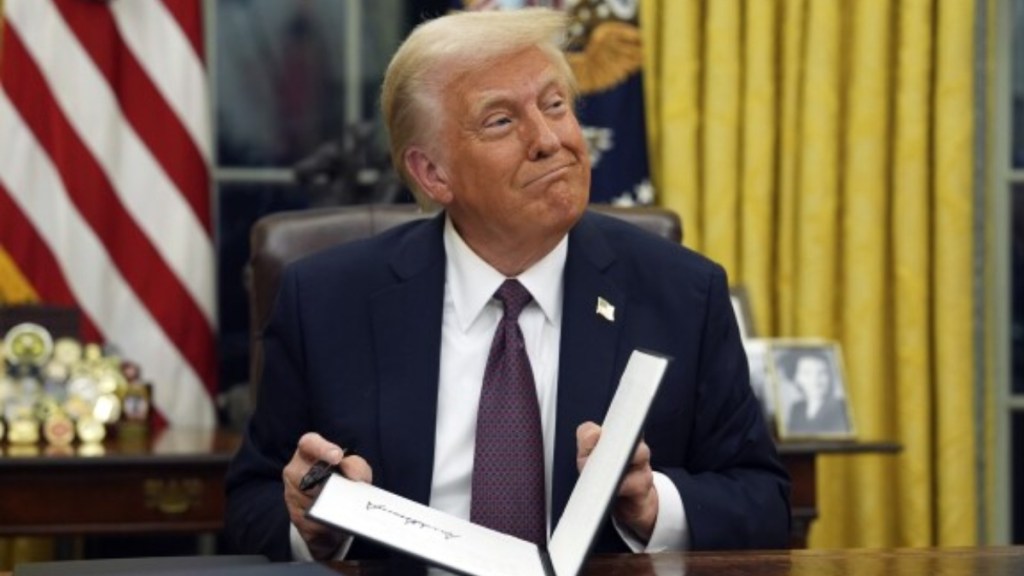Wall Street opened higher on Friday as investors focus as Trump tariff deadline approaches. In the early hours of trading, the Dow Jones Industrial Average (.DJI), opens new tab rose 38.3 points, or 0.09%, at the open to 44757.28. The S&P 500 (.SPX), opens new tab rose 9.7 points, or 0.17%, at the open to 6373.99, while the Nasdaq Composite (.IXIC), opens new tab rose 11.3% points, or 0.08%, to 21078.941
Meanwhile, President Donald Trump has announced that new import tariffs will range from 15% to as high as 50%, depending on the diplomatic and economic relationship the US holds with each country. Speaking at an artificial intelligence summit in Washington on Wednesday, Trump stated that they are moving towards a more aggressive, relationship-based tariff model.
“We’ll have a straight, simple tariff of anywhere between 15% and 50%,” Trump said, as quoted by Bloomberg. He noted that the highest rates would target nations with which the US has strained ties, stating, “We have 50 because we haven’t been getting along with those countries too well.” In previous months, Trump had hinted at a flat 10 to 15% tariff on most imports. However, with the deadline for the new tariff regime set for August 1, the administration has opted for a tiered system that distinguishes between allies and adversaries.
Commerce Secretary Howard Lutnick previously signaled that smaller economies, particularly in regions like Latin America, Africa, and the Caribbean might see a baseline rate of 10%. But under the revised framework, those countries may now see higher or lower tariffs based on administration’s evaluation of their cooperation.
Trump has scrapped plans to negotiate individual trade agreements with each country, opting instead for a streamlined approach. He has begun dispatching formal notices to over 150 nations, outlining the specific tariff rates they will be subject to under the new policy.“You can’t negotiate deals with everyone,” Trump said. “We need a very, very simple tariff structure. The president described these letters as “deals,” although in practice they are largely one-sided directives. Most of the communications leave little opportunity for negotiation unless the recipient country is prepared to make major concessions.
